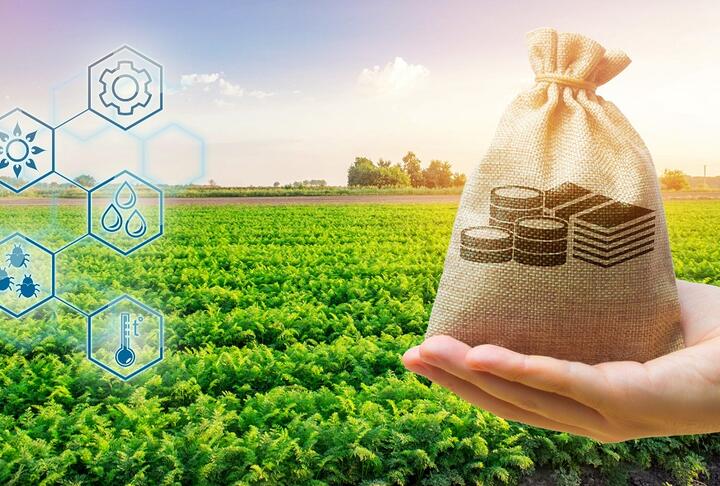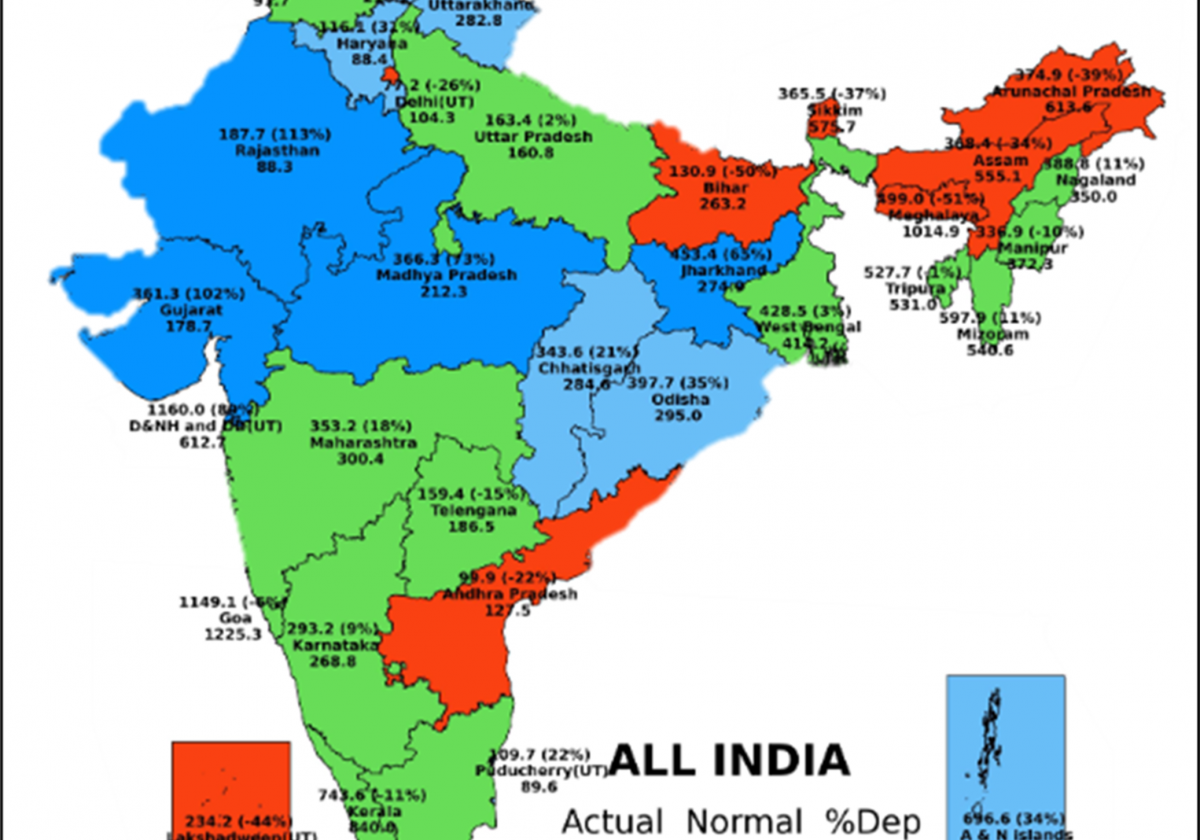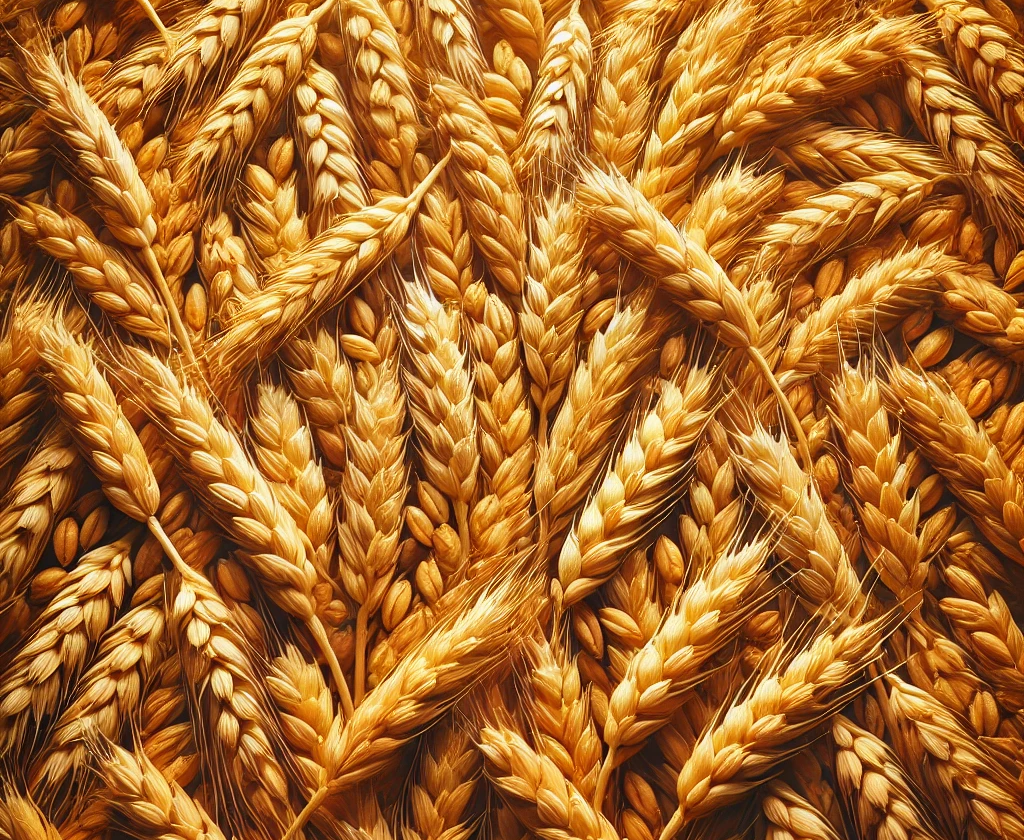Credit is critical to farming because it leads to higher productivity by sparking a significant shift in agriculture, the process of investment, and technological change. As per the traditional development theory, it is believed that land rights unlock the credit needed for agricultural transformation. But in practice, access to finance is out of reach for many farmers, creating a financial gap of crores.
Due to reasons like long distances to banks and the variability inherent in agricultural production, rural lending is risky and expensive. It’s difficult for lenders to determine creditworthiness since smallholders operate in cash markets and don’t have formal credit histories. So they demand the farm as collateral in case of default. However, this isn’t great for farmers without legal land rights and to borrow against their most valuable asset. Using land as collateral also isn’t wise for banks, as they often have to unload land acquired during defaults below cost.

The good thing is that the Digital Agricultural Revolution and the FinTech Revolution are transforming this traditional, collateral-based system. Besides reducing the transaction costs of applying for loans and verifying, digital technology can also track low-costs in real-time associated with gathering information about borrowers via digital fingerprints.
But how does this all work?
- Digital technology lowers the costs of verifying farmers’ ability to repay a loan. Companies are using customers’ phones and mobile money records to assess creditworthiness. Organizations are incorporating satellite imagery, weather forecasts, and remote sensor data to calculate loan eligibility. Drone imagery can confirm a farmer’s physical assets like land, cars, or tin roofs. Digital verification reduces lenders’ hesitation about a farmer’s ability to repay loans, decreasing the need for collateral.
- Second, digital technology decreases tracking costs. In many parts of the world, a digital supply chain-tracking system allows farmers to collateralize their yield to obtain the credit needed for planting. Lenders accept the crops as collateral because real-time digital tracking assures the product wasn’t lost or damaged in the post-harvest process.

Conclusion
In summary, the Digital Agricultural Revolution will lessen tracking and verification costs, making lenders better-informed and moving away from land as collateral, expanding credit access to smallholders and improving their welfare.
Recently, microfinance has made mainstream the use of “social collateral” in group lending schemes. The Digital Agricultural Revolution can build on past success by leveraging extensive data analysis and reducing the costs of collecting buyer information.
However, it’s important to note that questions about data privacy and security are yet to be solved. The public sector must provide more direction to lenders, data service providers, and farmers.








 Connect With Us
Connect With Us